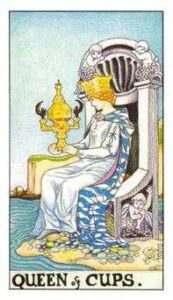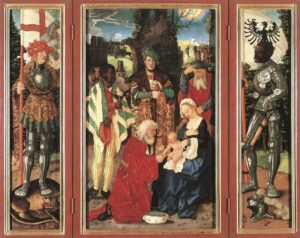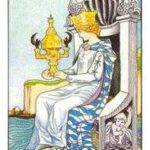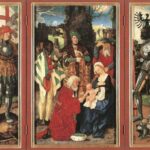
Living in a Culture That’s Lost Its Heart
“To learn how to fully live Eros makes a major contribution to the world around me, because this is a culture that’s lost its heart;

“To learn how to fully live Eros makes a major contribution to the world around me, because this is a culture that’s lost its heart;
“. . . when our left and right brain work in harmony, we begin to access our deeper Self and feel its guidance and support.

Those of us raised as Christians know this holiday is about a lot more than rushing about, partying and shopping, and many of us enjoy warm memories and nostalgic feelings this time of year. But why are the moments of love, joy and peace so difficult to find during the holiday season? Where do the feelings of exhaustion, anxiety, disappointment and depression come from? Why do we keep missing the point of Christmas? How can we recapture it?


Website design and development by Chad Lieberman
0 Responses
Jeanie,
Another insightful and provocative post. Thank you. I would love to read how you might tease out your choice of the portrait of Anne and Gloucester for this one.
Yours,
Sally
Hi Sally,
Thank you. Why did I choose this portrait? Not for the historical reference but for the psychological one. I liked the fact that the Mother/Queen has a strong and positive presence. Her husband, the Old King Ego is dead, so now her son, William (new will?) will be the New King Ego, an advancement over the more rigid and conventional old one. Whether or not this happened historically was not my point; it was the son as a symbol of a positive new potential for greater consciousness which has a more harmonious relationship with the feminine that spoke to me!!
There’s also a religious/spiritual message here: just as Jesus (the son) is closer to human awareness than the distant God King (the father), so the newly reborn ego has greater awareness/consciousness than the old one.
Thanks for asking! Your questions and comments are always equally insightful and provocative!
Love,
Jeanie
Ah Jeanie,
Right On! or I really should say Write On!
Although I don’t believe that historically Anne’s rule did much to break patriarchal/hierarchal cultural patterns in Europe at the time, your symbolic interpretation speaks volumes. I truly enjoy the way your mind and heart work. Thanks again for sharing.
Sally
And thanks for your participation. And I truly enjoy our communications!
Jeanie